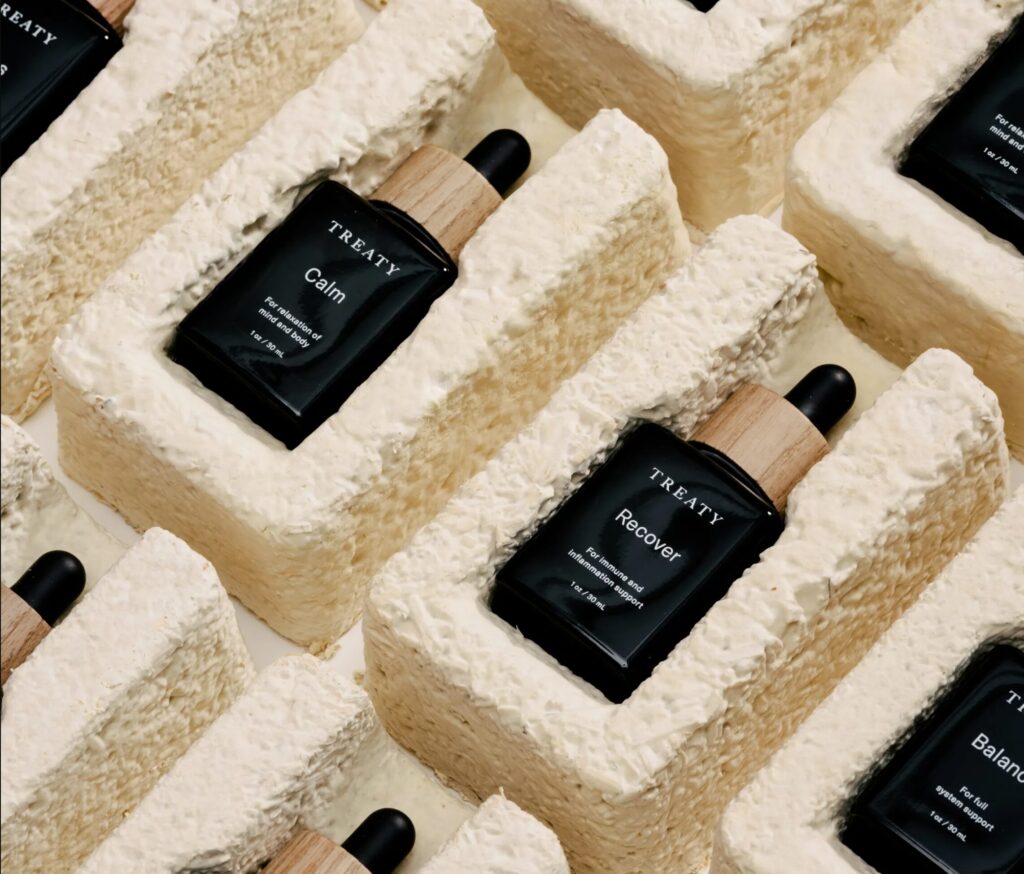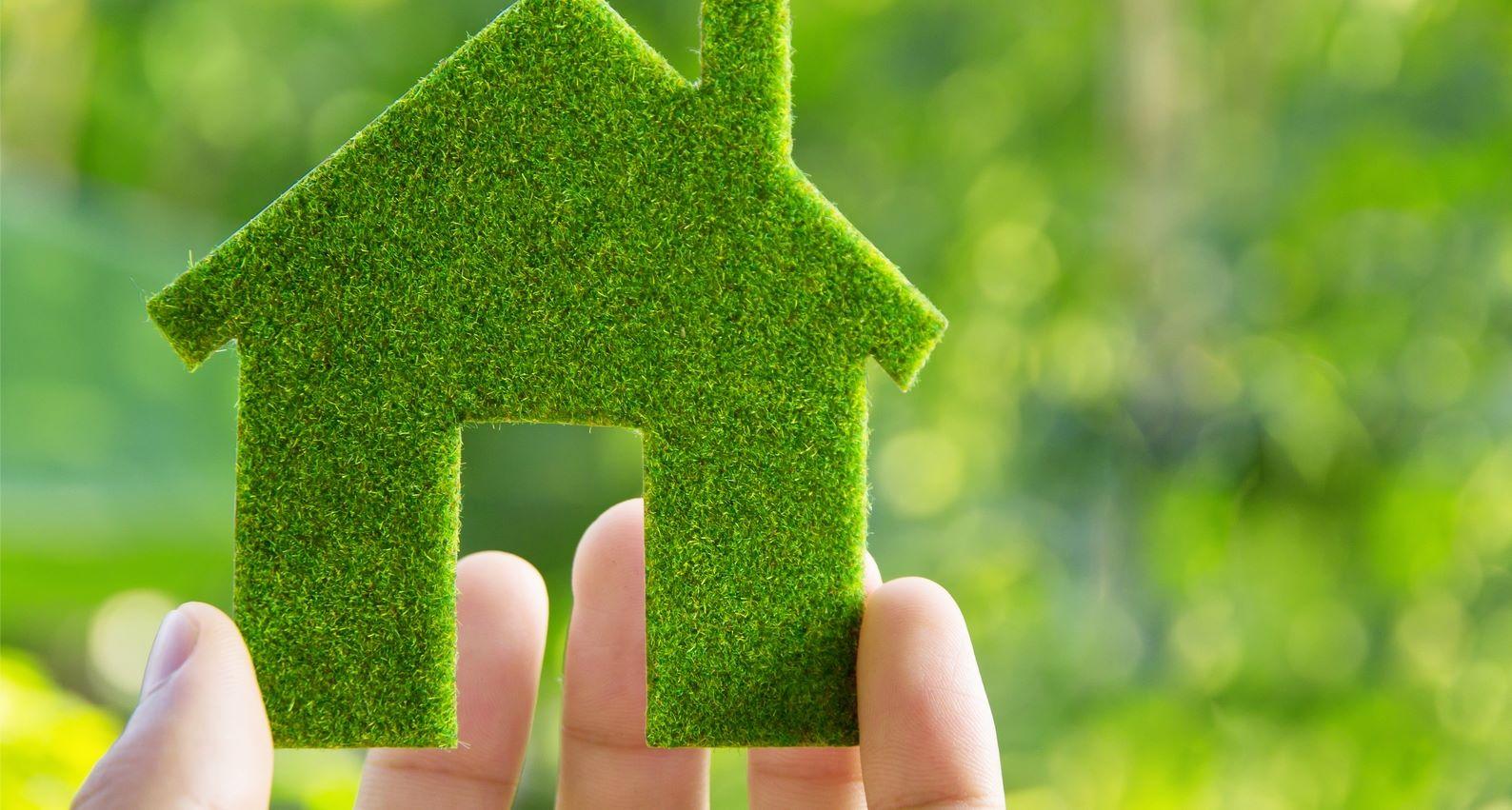The Lean, Green Manufacturing Machine: The Future of Sustainable Materials
The scale and universality of climate change is daunting, and oftentimes it feels out of our control. But as product designers and producers, we are in a unique position to make a real and lasting impact on our planet.
There are countless choices we can make to enact positive change, from design for disassembly to manufacturing locally, to enacting socially sustainable practices in our companies. One aspect unique to designers and manufacturers is the choice of materials. By being more selective with the materials we use, we can create more environmentally conscious designs.
Alternatives For Plastic
Plastic products come in all shapes and sizes, but most begin as tiny pellets.
Plastic is one of the most common materials used in product design, with up to 450 million tons produced each year. Not-so-fun fact: half of all plastic pollution is meant for single-use and only 9% of plastics are recycled according to OurWorldInData and the OECD.
However, revolutionary companies and scientists have crafted some greener substitutes. Here are some environmentally conscious alternatives to cut back on plastic:
PHB products can be disposed of naturally within months in the right environment.
- PHA & PHB
Polyhydroxyalkanoate (PHA) and Polyhydroxybutyrate (PHB) are two forms of a polymer that result from bacteria breaking down and digesting methane, a major contributor to climate change. PHA and PHB are fully biodegradable and carbon-negative biopolymers with similar characteristics to petroleum-based plastics. Companies like Newlight use PHB to create a range of products like cutlery, sunglasses, and leather-like laptop cases.
Not only do AuREUS sheets function as passive solar panels but they are also made of resin derived from agricultural waste.
- 100% Biobased Polymers
Bioplastics have been around for almost 100 years, but many have drawbacks that compromise their sustainability. There are now countless variations of 100% bio-based plastics on the market like blood-based, citrus-based, and even seaweed-based plastics. This new crop of natural and biodegradable bio-plastics generally shares the characteristics of petro-plastics without the carbon footprint and landfill longevity.
Alternatives For Foam
Made to be thrown away, foam is a great candidate for a greener alternative.
All too often, most of the design brainpower focuses on the product itself and not the packaging. Packaging is generally made to be discarded after reaching the consumer, but this afterthought has a big impact. The SEJ estimates that 30% of America’s total landfill volume is taken up by EPS (Expanded Polystyrene), better known as Styrofoam. For reference, that’s roughly equivalent to the area of Rhode Island, making Styrofoam the biggest culprit in discarded packaging materials.
So, instead, let’s look at some earth-friendly alternatives:
Greencell foam is available in both sheets and “packing peanuts.”
- Starch Based Foam
Starch based foam is a bioplastic derived from the starch found in corn, potatoes, and other vegetables, which is then transformed into sheets of packaging foam. Green Cell Foam is a company that produces starch based foam sheets using steam as a blowing agent, instead of harmful chemicals, to recreate traditional plastic foams.
The company Ecovative utilizes mycelium to make a variety of custom packaging.
- Mycelium
Mycelium, akin to a mushroom’s root system, has received praise as an organic, fast-growing, and versatile organism. It has been used as anything from construction material to a meat alternative, but the most common purpose is packaging foam. Mycelium can be grown in a mold, is lightweight, extremely strong, water and fire-resistant, has a negligible carbon impact, and is fully biodegradable.
Revolutionizing plastics by transforming polystyrene into bug food.
- Degradable EPS Foam
Sometimes it’s not practical to jump right into alternative materials. After all, companies have invested heavily in machinery and infrastructure. That’s why companies like Biosphere create additive pellets that can be mixed into existing petro-plastics and attract anaerobic bacteria that will digest the discarded plastic and speed up degradation. If the products can’t be changed themselves, we can try to influence the way the world reacts around them.
Alternatives For Textiles
Sustainable materials aren’t just a practical choice, they can make a huge aesthetic impact.
According to a report from Greenpeace, the fashion industry contributes a staggering 92 million tons of textile waste to landfills each year. Many traditional textiles, like cotton, are natural and biodegradable but have a huge carbon footprint. To be blunt, the textile industry is overdue for a change. Here are two exciting materials to consider for greener textiles:
Near identical aesthetically, mushroom leather is a great vegan alternative to animal hide.
- Mushroom Leather
While leather, being a byproduct of the meat industry, is not as terrible for the environment as it may seem, the cattle industry is. Ideally, when humanity slows bovine production, we will need leather alternatives. That’s why companies like Mylo Leather and Mycoworks use mushrooms to create non-animal, non-petroleum-based leather. Much like foam, mycelium has been found to meet or exceed the qualities of its predecessors.
Rather than using resources to grow more raw material, there are many options for textiles created from waste, like QMilk.
- Organic Waste Textiles
Humans create tons of plant waste, mostly from us and our livestock consuming fruits and vegetables. Because of the abundance of organic waste, companies like Ananas Anam, QMilk, and Agraloop have begun creating fibers and textiles from this overlooked source material that often matches the performance of polyester and cotton.
How Can These Materials Make an Impact?
While these advancements are great to talk about, they don’t mean anything if they aren’t honestly implemented into design and manufacturing. So, how can we implement more sustainable materials in the design process to make an impact? Here are some steps to start:
- Get Informed: Staying up to date on the latest advancements gives you an arsenal of sustainable solutions to keep in mind for your next project.
- Share Knowledge: Despite the desire to hold our cards close to our chest, freely sharing ideas and advancements about sustainability will benefit all of us. Open-source initiatives can encourage best practices and accelerate the development of sustainable materials.
- Utilize a Life Cycle Assessment (LCA): A comprehensive evaluation of a product’s impact across its life cycle, from extraction to disposal, has to be performed to ensure meaningful environmental consideration.
Concluding Thoughts
While the state of our environment grows increasingly dire, hope is not lost. Product designers and producers occupy a key role in the fight for our planet. We must leverage our knowledge and influence to consider the impact of the complete product lifecycle. While sustainability in product design is a massive and complex hurdle to overcome, material selection is a great place to start being considerate of the planet.
Choosing green materials today ensures a more livable future for all.












 Top
Top
